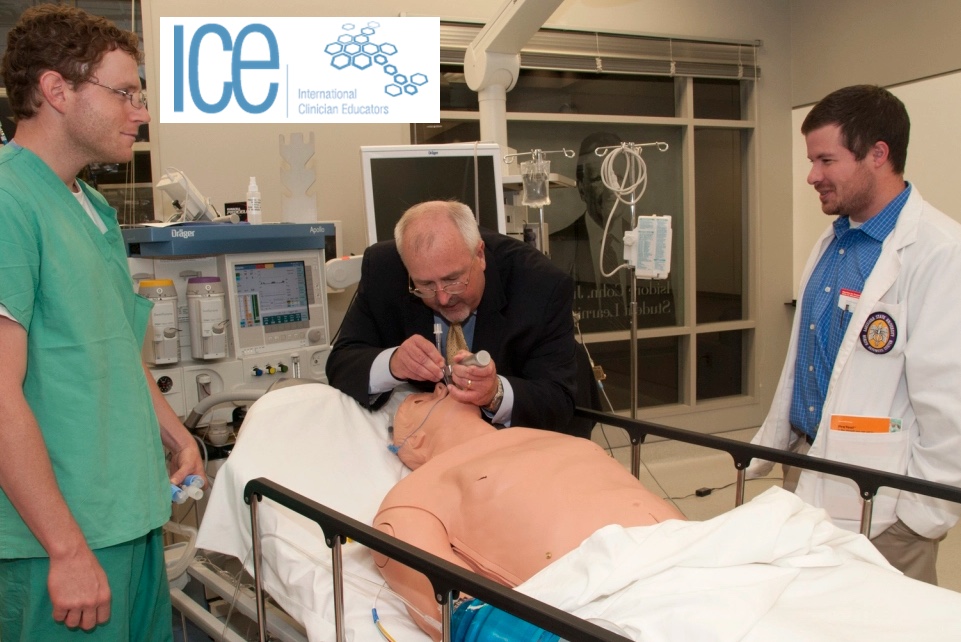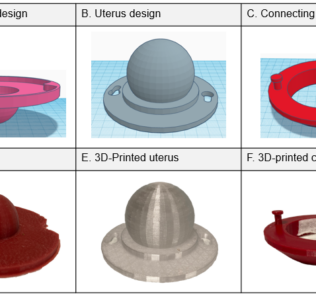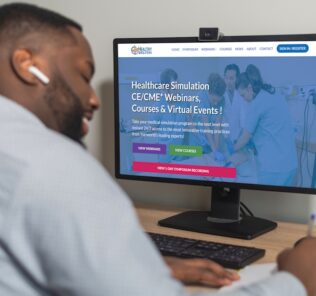Does Your Medical Simulation Program Have a Negative Hidden Curriculum?
The ICE blog promotes discussion among Clinician Educators from around the world, archiving a variety of education resources which welcomes anyone with an interest in health professions education. Victoria Brazil, Professor of Emergency Medicine and Director of Simulation at Bond University in Australia and Co-creator of the Simulation Podcast, recently shared an article on the ICE Blog asking “What’s Your Simulation Hidden Curriculum?”. In the article she reflects on using stereotypes in medical simulation exercises and the hidden messages being portrayed there, along with providing 7 tips to ensure proper reflection which we share a few of below.
Clinical Simulation can be an effective training tool for a broad range of clinical skills and teamwork training. Simulation educators dutifully write clear learning objectives and design their simulation process carefully to achieve those. Like most learning experiences, there is often a powerful hidden curriculum – the “unspoken or implicit academic, social, and cultural messages that are communicated to learners”.
Sometimes this is positive, and adds value to the formal learning objectives. If we have regular team training involving doctors and nurses – whatever the clinical content of your sim – there is a message about your unit’s commitment to teamwork. If we work with simulated patients and include their feedback in our debriefing, it can send a powerful message about the value of patient experience and perspective. Positive values and beliefs about patient care can be transmitted through simulation.
Sponsored Content:
But these powerful implicit messages can also be negative and/or unintended. Using mannikins in simulation can reinforce messages that sick patients are identified through looking at vital signs on monitors, rather than patient appearance and behaviour cues. Simulation scenarios with universally Caucasian names, heterosexual partners, and male ‘surgeons’ can inadvertently reinforce implicit bias. Debriefings always led by a doctor in interprofessional simulations can reinforce discipline hierarchies within the team. I have been guilty of all of these.
Stereotypes can be particularly problematic in simulation, including those of both our professional colleagues and our patients and families, as described by Ben Symon in a recent post. Victoria raised this issue at the SMACC conference in Sydney in March and sparked a lively and interesting Twitter conversation.
3 of Victoria’s Reflections on Exposing Hidden Curriculum
- Make any learning objectives related to professional interactions clear and explicit.
- Communicate this clarity in pre-reading and pre-briefing for simulation participants.
- Design the roles away from lazy stereotypes, and safest to make the ‘target’ your own speciality or role.
Below is some additional research on the topic of such curriculum in MedEd, along with additional articles of interest from the ICE Blog.
Sponsored Content:
Additional Reading on Hidden Curriculum in Medical Education
“Medical students and professionalism – Do the hidden curriculum and current role models fail our future doctors?” Joynt GM, et al: Formal medical curricula aim to promote professionalism through learning from lectures, interactive tutorials and simulations. We report an exploratory voting exercise, conducted within a new integrated professional teaching module, examining the likely influence on students’ knowledge and perceptions of truth telling. This finding highlights a substantial inconsistency between the knowledge taught by the formal curriculum, and the perception generated by the hidden curriculum. Medical Schools should develop strategies to manage the hidden curriculum, prepare clinical teachers to be good role models, and prepare students to be discerning about the hidden curriculum and when choosing role models.
“Performance and the Hidden Curriculum in Medicine” Gretchen A. Case: Medical education doxa holds that there is a formal curriculum and a hidden curriculum for students studying to become physicians. The phrase ‘hidden curriculum’ was coined in 1968 to describe the classroom experiences of students that lead to the acquisition of knowledge not explicitly described in learning goals. Although originating in elementary education studies, the hidden curriculum concept translates readily to the parallel learning that takes place in medical education. ‘Only a fraction of medical culture is to be found or can be conveyed within those curriculum-based hours formally allocated to medical students’ instruction,’ wrote concerned medical educators in 1994. ‘In fact, what is “taught” in this hidden curriculum often can be antithetical to the goals and content of those courses that are formally offered. Since the hidden curriculum in medicine was recognized as such, there has been little question that it exists or whether it can be eliminated; more pressing questions are what it does and should contain.
Additional ICE Blog Content for Medical Education
- Hitchhikers Guide to Clinical Performance Indicators: The co-hosts examine a narrative review that looks at Clinical Performance Indicators (CPIs) and the various ways they can be used to enhance competence and ensure safe and effective care.
- Leadership in Medical Education, Negotiating for More: “Viewing negotiation as a battle is flawed — such a lens causes us to value the win more than the value of what was won. Instead, broaden your definition to include the relationship between those involved. Negotiation is collaborative problem-solving.”
For the Full Article and Additional Reflections Read the Full ICE Blog Article Here!
Lance Baily, BA, EMT-B, is the Founder / CEO of HealthySimulation.com, which he started in 2010 while serving as the Director of the Nevada System of Higher Education’s Clinical Simulation Center of Las Vegas. Lance also founded SimGHOSTS.org, the world’s only non-profit organization dedicated to supporting professionals operating healthcare simulation technologies. His co-edited Book: “Comprehensive Healthcare Simulation: Operations, Technology, and Innovative Practice” is cited as a key source for professional certification in the industry. Lance’s background also includes serving as a Simulation Technology Specialist for the LA Community College District, EMS fire fighting, Hollywood movie production, rescue diving, and global travel. He and his wife live with their two brilliant daughters and one crazy dachshund in Las Vegas, Nevada.
Sponsored Content:






















